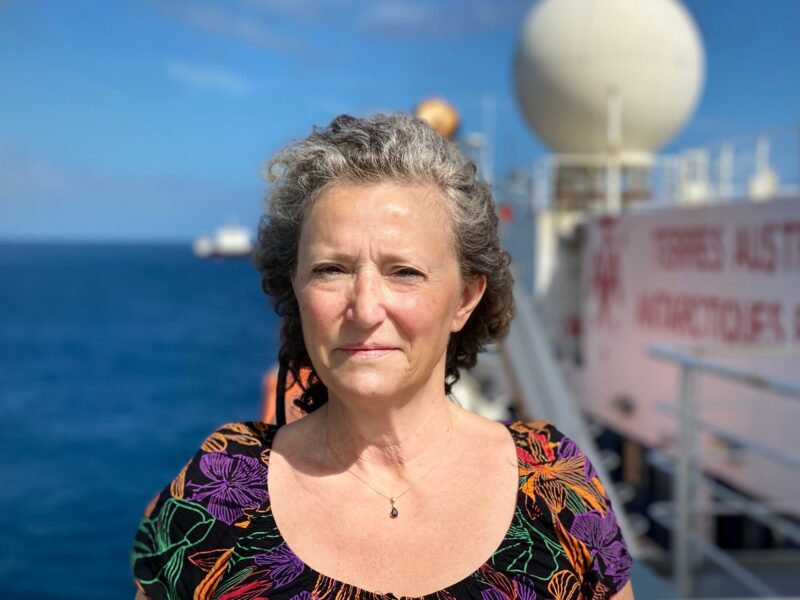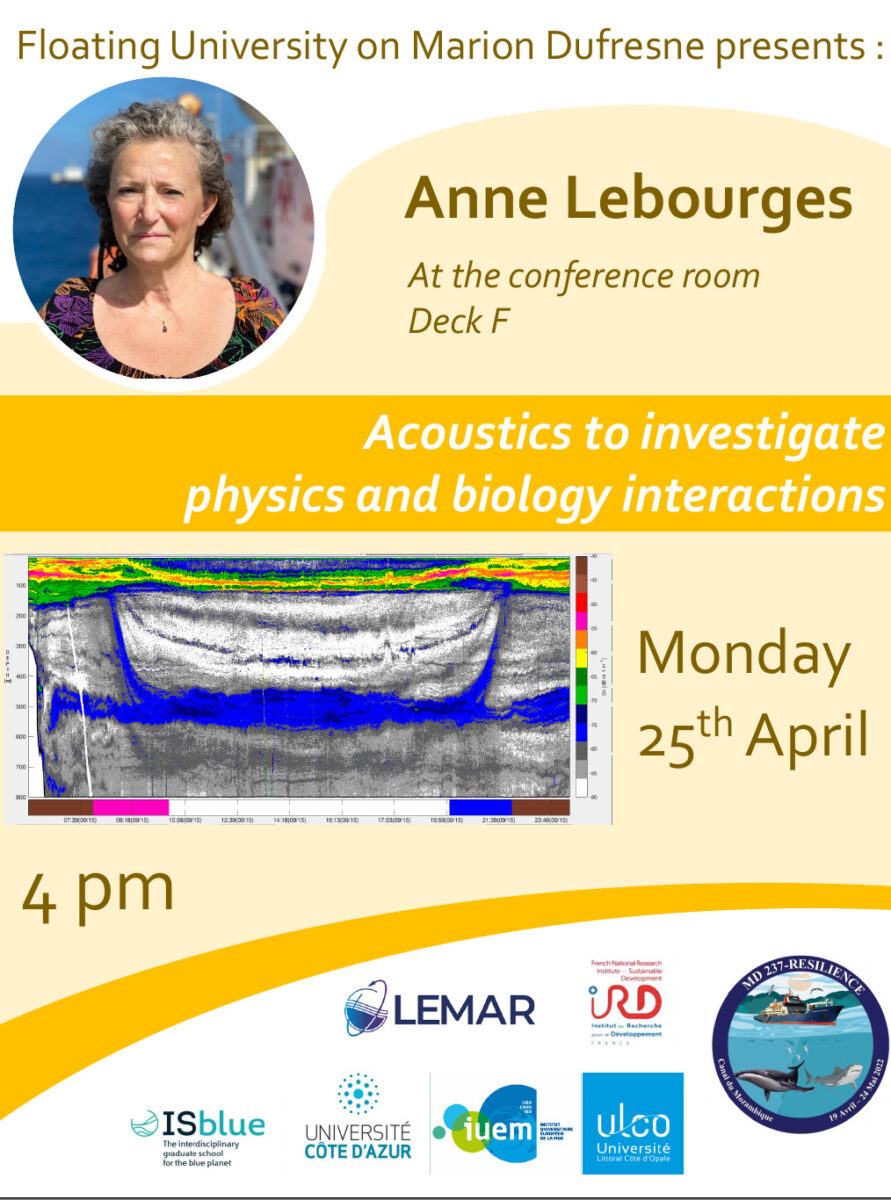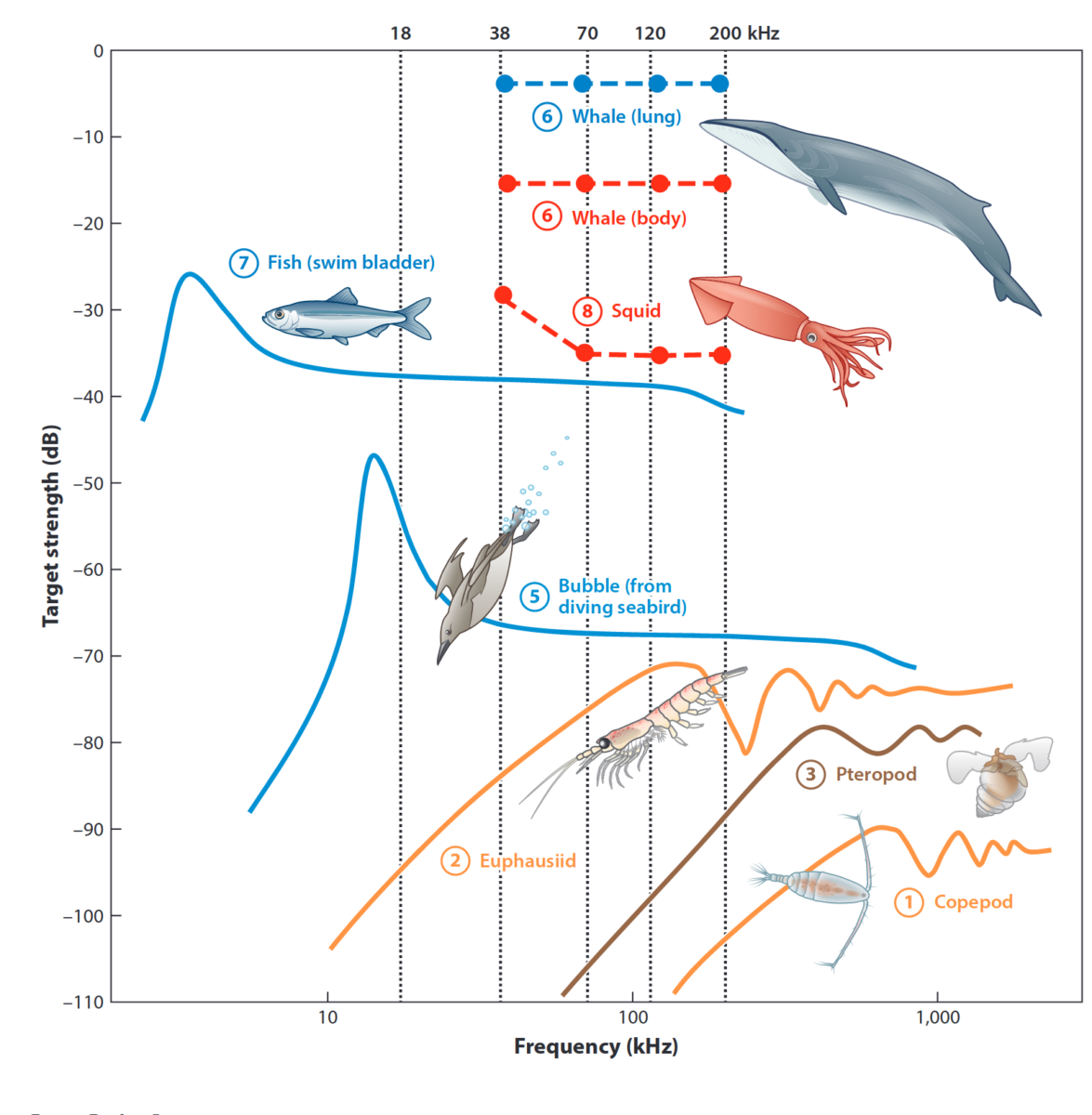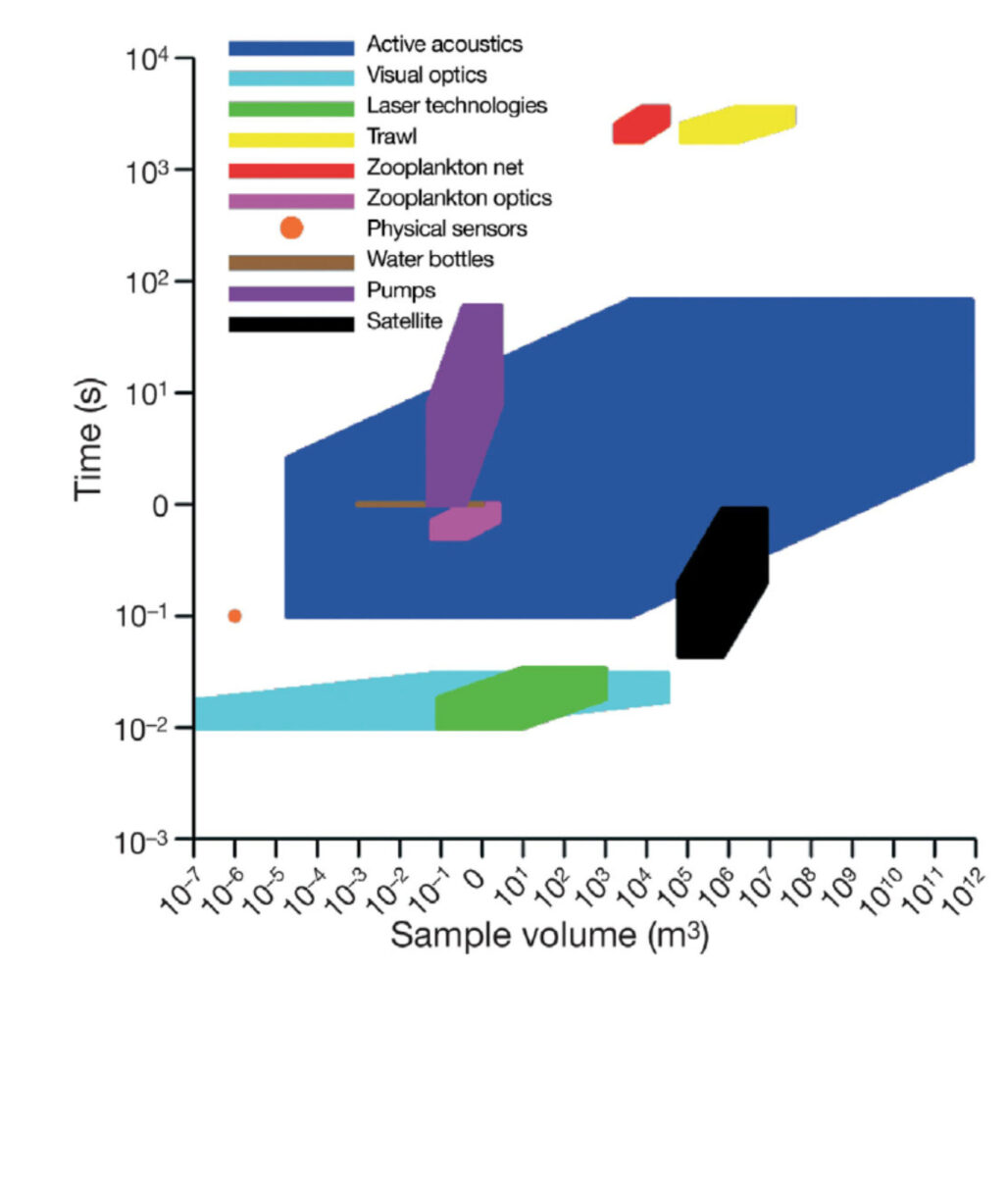Conference by Anne Lebourges-Dhaussy – Acoustics to explore physical/biological interactions

April 25th, 2022, R/V Marion Dufresne, Mozambique Channel
Authors: Jonas Frère, Guerric Barrière, Sara Sergi

Anne Lebourges-Dhaussy is a research engineer at LEMAR (Laboratory of Marine Environmental Sciences) and works in the team of the acoustic platform for the study of marine ecosystems. She is responsible for campaigns and sampling at sea. This team manages LEMAR’s active acoustics instrumental park and develops acoustic data processing and analysis tools for projects with special needs in oceans and lakes. Its projects may include compositional studies of marine communities, distribution of organisms in the water column, and prey/predator relationships and their links to environmental parameters. Acoustics can also help in the determination of priority areas to be protected in the framework of the creation of marine protected areas. During her seminar on board the Marion Dufresne, Anne presented the use of acoustic techniques, from their first historical uses to applications in marine biology, as well as the different acoustic instruments used for this purpose during the RESILIENCE campaign.
History

Acoustics were used by marine organisms long before humans got hold of them. Sperm whales and orcas use sonar systems to find their way in the ocean. We have to go back in human history to find the first traces of a study of the propagation of sound in water. In 1490, Leonardo da Vinci observed that it was possible to hear ships at a great distance when one put one’s ear to the end of a tube immersed in water. 300 years later, in 1827, the first instruments for measuring the speed of sound propagation under water appeared.
The story continues in the 20th century when two major events, the sinking of the Titanic and the destruction of the Lusitania, marked a clear acceleration in the development of acoustics with, on the one hand, active acoustics aimed at knowing the depth of water under the hull and, on the other hand, passive acoustics to detect the presence of submarines. These advances were made possible by the discovery of the piezoelectric properties of certain materials capable of transforming an electrical signal into a mechanical deformation allowing the capture and quantification of sound signals. As early as 1923, the first sonar, called the Fathometer, entered the market in England and the USA, allowing sound waves to be sent to the bottom and the echoes to be received. The study of the emission/reception of sound waves has subsequently been applied in many fields because it allows to ‘see’ in places that are difficult to access. With low frequencies (1-1000 Hz) it is possible to study the geology of soils and to detect the presence of oil slicks. High frequencies (10-500 kHz) are used in oceanography and fisheries and very high frequencies (a few MHz) in medicine.
How a sonar works
Sound waves need a support (water, air, metal, …) to move and their speed is proportional to the density of this support. For example, the speed of sound waves in air is 330 m/s, 1500 m/s in water and between 4000 and 5000 m/s in a solid. Since the speed of sound in water is known, the sound waves are sent from the surface and return to the transmitter when they encounter an obstacle. It is then possible to determine how far away from the source an object is. The energy produced by the transmitter is greatest in the vertical axis, but waves of lower energy also propagate to the sides. This, combined with the fact that the energy of the sound waves decreases as they descend to the bottom at the rate of the obstacles encountered, makes it necessary to correct the signal received.
Bio-acoustics
In the water column, any element that does not have the same density as water will represent an obstacle. Obstacles therefore send back signals of different intensity depending on their density. The signals recorded when an air bubble, a fish or the substrate is encountered will not be the same and will depend on the density and shape of the obstacle. It is thus necessary to choose the frequencies adapted to the study which one wants to carry out. Let us take as an example two components of the pelagic ecosystem, the myctophids and the copepods. Myctophids are small fish that evolve between the epipelagic zone at night and the mesopelagic zone during the day; some of them have a swim bladder, an organ composed of a small air pocket that allows them to balance perfectly in the water. The latter is responsible for 90 percent of the signal sent back to the surface and bones, bones and flesh complete the last 10 percent. Copepods, which are small crustaceans, are organisms categorized as “fluid like” because they have a density very close to that of sea water and return very little signal despite their large number. This is generally the case for all crustaceans. Different organisms therefore respond differently to different wavelengths depending on their size and composition, which allows them to be classified into broad categories depending on the frequency and intensity of the sound signal used (see figure below). The larger an organism is, the more the curves will be shifted towards the low frequencies, and vice versa.


In marine biology, acoustics allows to have an exhaustive view of the ecosystem thanks to the visualization of the signals reflected by the organisms present at different depths. These study methods are non-invasive and non-destructive compared to trawling, and provide continuous information on the distribution of organisms to a depth of 1000 meters. However, the precise identification of the organisms present is still very difficult and only allows to make poor estimates of the biomass in certain parts of the globe. Historically, bio-acoustics was first used in the 1990s to estimate fish stocks, then its use was extended to the study of plankton. Currently, technical advances allow other approaches such as the specific observation of small pelagic fishes (anchovies and sardines) and can be applied to many studies such as trophic interactions, schooling behavior of gregarious fishes or the study of top predators and bio-physical interactions.
Instruments used on board
Three active acoustic instruments are used during the RESILIENCE mission to study mesopelagic organisms in the water column.
The EK80 hull sounder. This device makes continuous measurements from the hull of the boat. It is composed of several transducers (what sends the waves) installed under the hull. It is a multi-frequency sounder (using 5 different frequencies, 18, 38, 70, 120 and 200 kHz). The use of several frequencies simultaneously allows, among other things, to discriminate the various groups of organisms. Moreover, the higher the frequency used, the shorter the acquisition distance.

The Acoustic Zooplankton Fish Profiler (AZFP). It is installed on the rosette during stations up to 500m. It is composed of 4 high to very high frequency transducers (200, 455, 769, and 2000 kHz) that emit horizontally during the vertical profile. It allows to identify more precisely the size composition of meso-zooplankton in the water column down to about 500 meters depth. The final objective is to reconstruct the zooplankton population that composes the profile by size classes (biovolume by size class as a function of depth). For more information on this instrument you can look at its resume which has been published on this site.
WBAT (38, 120 kHz). This sounder uses a continuous frequency range instead of a single frequency (35-45 kHz and 105-145 kHz). This provides the frequency signature of individual targets. The idea is to use the WBAT in parallel with the trawl to see the correspondence between the species sampled and their frequency signature.
Bibliography
Benoit-Bird, K. J., & Lawson, G. L. (2016). Ecological insights from pelagic habitats acquired using active acoustic techniques. Annual review of marine science, 8, 463-490.
Colladon, J. D., and Sturm, F. K., (1827). The Compression of Liquids (in French). Annales de Chimie et de Physique, 36, Part IV. Speed of Sound in Liquids, 236-257.
Trenkel, V. M., Ressler, P. H., Jech, M., Giannoulaki, M., & Taylor, C. (2011). Underwater acoustics for ecosystem-based management: state of the science and proposals for ecosystem indicators. Marine Ecology Progress Series, 442, 285-301.
 Attention, vous utilisez un navigateur peu sûr !
Attention, vous utilisez un navigateur peu sûr !